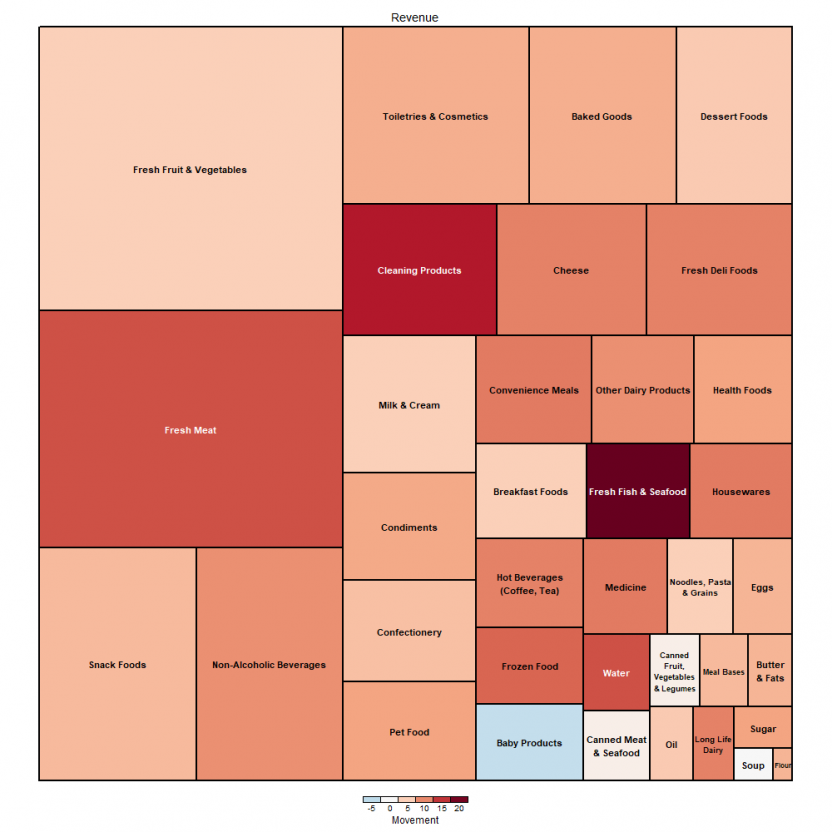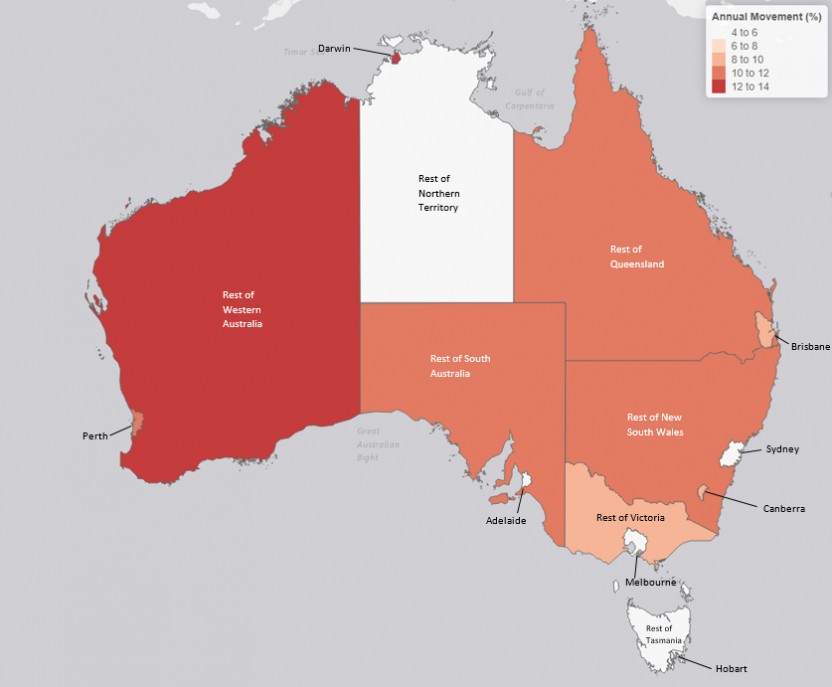Total revenue - perishable goods vs non-perishable goods vs all other products
[["Jan-19","Feb-19","Mar-19","Apr-19","May-19","Jun-19","Jul-19","Aug-19","Sep-19","Oct-19","Nov-19","Dec-19","Jan-20","Feb-20","Mar-20","Apr-20","May-20","Jun-20","Jul-20","Aug-20","Sep-20","Oct-20","Nov-20","Dec-20","Jan-21"],[[100],[93.900000000000006],[101.5],[94.900000000000006],[96.799999999999997],[92.799999999999997],[97.700000000000003],[100.5],[98.099999999999994],[104.2],[102.5],[112.40000000000001],[107.40000000000001],[100.8],[122],[102.8],[110],[105.7],[111.90000000000001],[113.5],[109.8],[114.90000000000001],[111.59999999999999],[123.40000000000001],[117]],[[100],[96.099999999999994],[106.8],[106.90000000000001],[104],[100.7],[106.09999999999999],[107.3],[103.8],[107.90000000000001],[107.09999999999999],[114.09999999999999],[107.90000000000001],[104.8],[147.09999999999999],[112.59999999999999],[117],[112.5],[121],[120.5],[115.09999999999999],[118.90000000000001],[114.8],[122.7],[116.2]],[[100],[92.299999999999997],[100.5],[93.799999999999997],[99],[93.200000000000003],[98.400000000000006],[97.700000000000003],[96.200000000000003],[100.5],[102.09999999999999],[110.5],[103.3],[97.599999999999994],[127.40000000000001],[96.200000000000003],[101.59999999999999],[100.7],[108.5],[108.59999999999999],[106.90000000000001],[109.8],[108.90000000000001],[116],[109.40000000000001]]]
[]
[{"axis_id":"0","tick_interval":"","axis_min":"","axis_max":"","axis_title":"","precision":-1,"axis_units":"","tooltip_units":"","table_units":"","data_unit_prefix":"","data_unit_suffix":"","reverse_axis":false}][{"axis_id":"0","tick_interval":"","axis_min":"","axis_max":"","axis_title":"Index (reference period = Jan-19)","precision":"","table_units":"(pts)","tooltip_units":"(pts)","axis_units":"","data_unit_prefix":"","data_unit_suffix":"","reverse_axis":false}]
